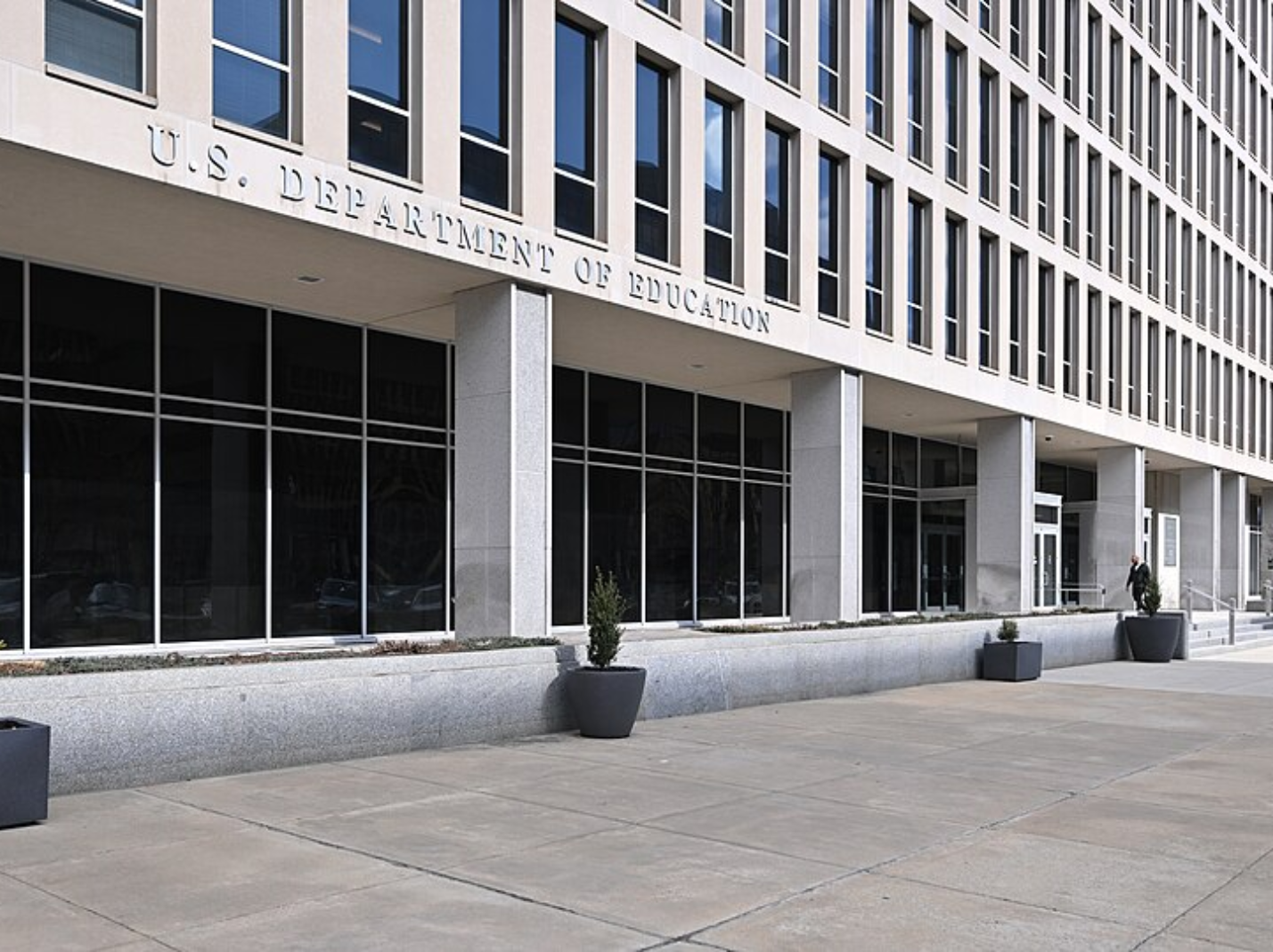
With drastic improvements, the 2026–27 Free Application for Federal Student Aid (FAFSA) was launched ahead of the October 1 deadline—marking the earliest rollout in the program’s history. U.S. Secretary of Education Linda McMahon contrasted the milestone with the Biden-Harris administration’s botched launch two years ago, when technical failures delayed aid processing for millions of students.
What went wrong under Biden has now been corrected under Trump’s Department of Education (ED), which moved aggressively to simplify the form, tighten deadlines, and restore confidence in a process that had become synonymous with chaos.
[RELATED: The Worst Federal Higher Ed Policy Initiative Ever]
The trouble began with the 2020 FAFSA Simplification Act, a Biden-era overhaul aimed at expanding Pell Grant eligibility by replacing the Expected Family Contribution (EFC) with the Student Aid Index (SAI). Instead of streamlining, however, the change pushed the 2024–25 FAFSA off its traditional October 1 release date. Students didn’t see a form until late December—and even then, only in a broken, part-time “soft launch” that was plagued with bugs. By January, when the form finally went live 24/7, system glitches were still locking out applicants and crashing submissions, forcing students and parents into months of uncertainty.
Worse, the ED admitted early in 2024 that it had made a mistake in estimating student aid. The FAFSA Simplification Act requires the ED to factor inflation into the calculation of a student’s financial aid need, but the department initially failed to apply that adjustment correctly, resulting in inaccurate aid estimates for millions of applicants. Schools were then forced to wait until March to receive accurate data, leaving many students unsure what they would actually receive. Still, miscalculated student data were sent to colleges, causing further delays.
The U.S. Government Accountability Office (GAO) attributed the form’s glitches and delays to a nine percent drop in submitted FAFSA applications among first-time applicants and 432,000 fewer applications overall for the 2024-25 year by August. Citing these issues, the Education and Workforce Committee introduced the FAFSA Deadline Act, which mandates the FAFSA’s October 1 release deadline, and it was signed into law in December 2024.
Following the now strict deadline, the Trump ED recently introduced modernized features to simplify the FAFSA process and improve performance as part of the 2026–27 launch. One key update is a redesigned contributor invite system that allows students to share a simple code with parents—previously, students had to enter a parent’s personal details to generate an invitation, which required the parent to log in or create an account to complete their section. New StudentAid.gov accounts will now be instantly verified to reduce login delays. At the same time, the Trump ED claims to have implemented “industry-leading” safeguards that provide colleges with more accurate data while protecting against fraud. In June, it revealed a stricter identity verification process for FAFSA applicants to combat a surge of fraud and identity theft targeting federal student aid programs.
[RELATED: Details on the FAFSA Fiasco are Starting to Dribble Out]
Since its beta release on August 3, the form has shown strong results: 97 percent of users reported satisfaction, 90 percent found the completion time reasonable, and out of 43,531 applications started, 27,246 were submitted, with 24,793 processed—23,840 of them without rejection.
Time will tell if the improvements hold.
Image: Department of Education by G. Edward Johnson on Wikimedia Commons
